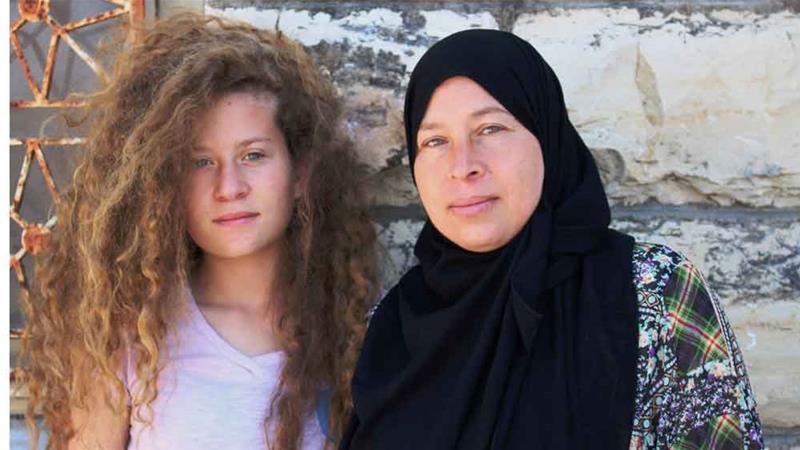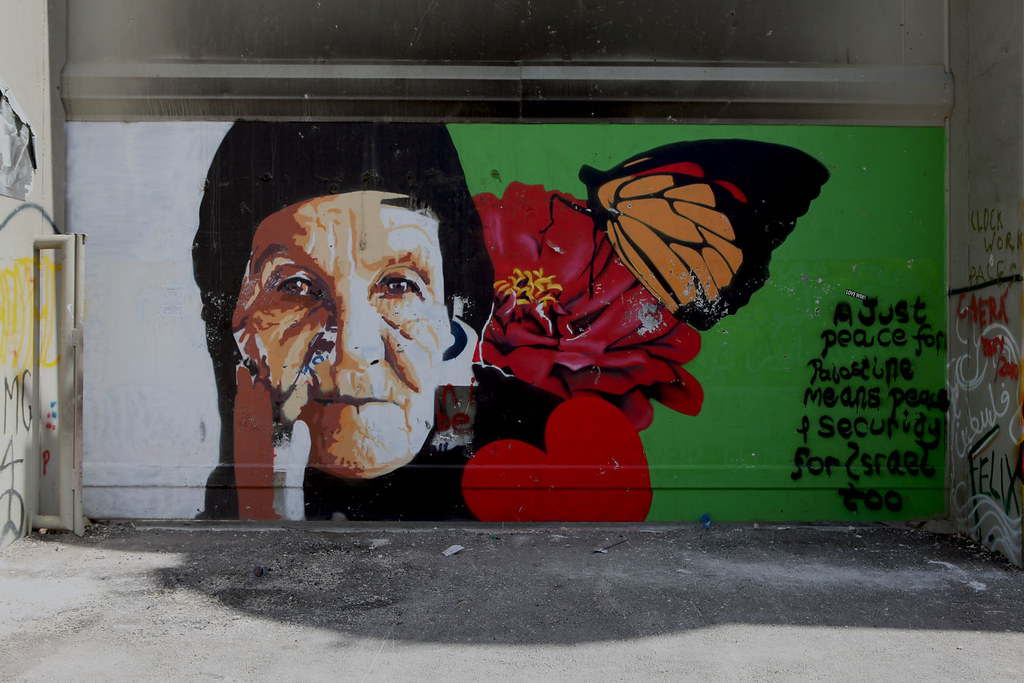
“To regard the lives of those your country is subjugating as being equal to your own would make even one death intolerable.” Owen Jones, 2014
In the past twenty-four hours, the word “intolerable” has figured prominently, a kind of keyword marking this moment. Perhaps what set this off is the joint statement by Canada, France and the United Kingdom, which deplored current Israeli actions in Gaza, adding, “The level of human suffering in Gaza is intolerable.” During his address to the House of Commons, Keir Starmer explained “I would like to say something about the horrific situation in Gaza, where the level of suffering innocent children being bombed again is utterly intolerable.” In an interview on the BBC yesterday, an aid worker, just returned from Gaza, called the withholding of food “simply intolerable.”
While any actions to end the atrocities being committed in Gaza are welcome, the question of timing hovers and with it the meaning of “intolerable”. What makes the situation “intolerable” today, rather than, say, three months ago, when the Israeli blockade of Gaza formally began? A complete blockade of any assistance to a population desperately needing aid and assistance is always meant to starve that population. The Israeli government said as much from the very beginning. For weeks, we’ve seen, read and heard reliable reports of children suffering malnutrition, hunger on their way to dying, or, for the “lucky ones”, “merely” living with the consequences of prolonged starvation for the remainder of their lives, however brief they may be. Wasn’t the situation simply intolerable then?
Intolerable: that which physically, mentally, or morally “cannot be tolerated, borne, or put up with; unendurable, unbearable, insupportable, insufferable.” It doesn’t mean that which no longer can be tolerated; it means that which, in its essence, cannot be tolerated. Again, while the recognition of the intolerable situation is preferrable to the denial, while any action emerging from that recognition is welcome, we live today with the painfully obvious fact of our ongoing, deepening and expanding capacity to tolerate the intolerable and thereby to contribute to the intolerable.
(By Dan Moshenberg)
(Image Credit: Simon Pemberton / The Guardian)







